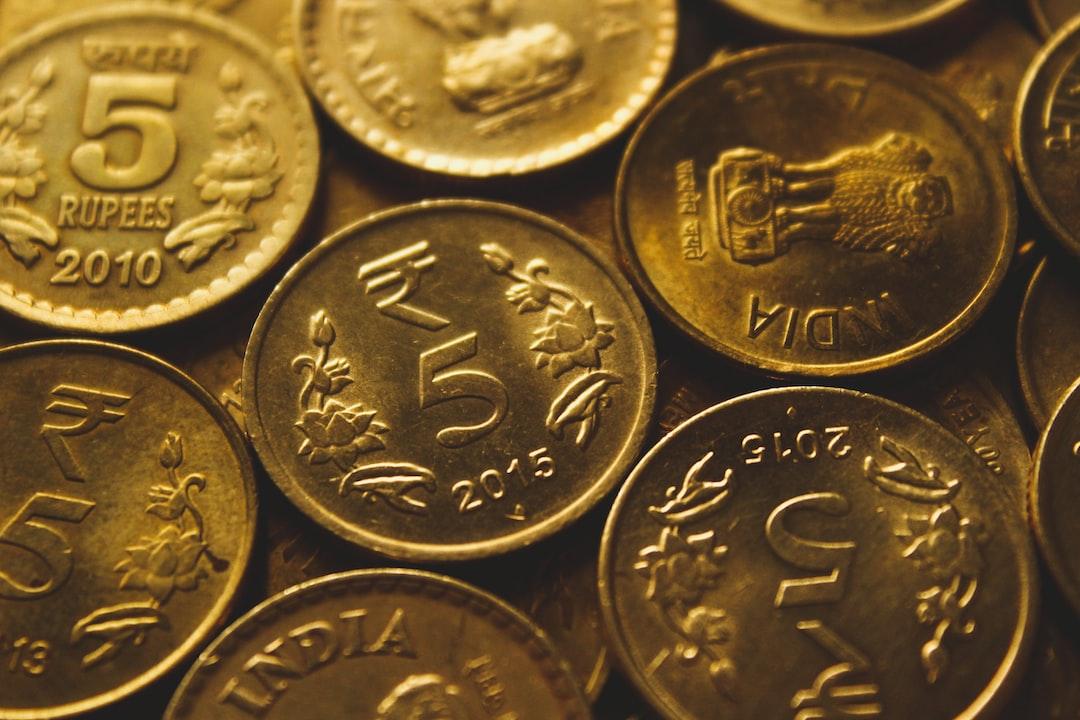Curve Finance recently underwent a real-world test of its soft liquidation mechanism during a hacking attempt, which was successful. However, the price of its native CRV token plummeted by over 28% amidst the chaos.
Despite the significant decrease in CRV value, Curve Finance’s liquidation process worked as intended. Michael Egorov, the founder of Curve Finance, faced substantial liquidation pressure on June 13 when the CRV token price dropped. Egorov managed his debt positions by executing multiple liquidations in a short period, as well as making repayments and withdrawals on DeFi platforms like Inverse Finance and Curve.fi.
The soft liquidation mechanism is a part of Curve Finance’s LLAMMA (Lending-Liquidating Automate Market Maker Algorithm) system. This mechanism ensures that liquidations take place without causing “bad debts” that cannot be repaid or liquidated profitably.
According to the official LLAMMA documentation, collateral for new loans is deposited into specific bands across the AMM. However, positions in soft-liquidation or de-liquidation may incur losses due to the selling and buying of collateral.
Despite the protective measures working as planned, the market reacted strongly to the event, with the CRV price dropping by over 28% in the last 24 hours. This news comes after previous reports by Cointelegraph on Curve Finance’s underlying “systemic risks,” particularly related to Egorov’s debt obligations.

